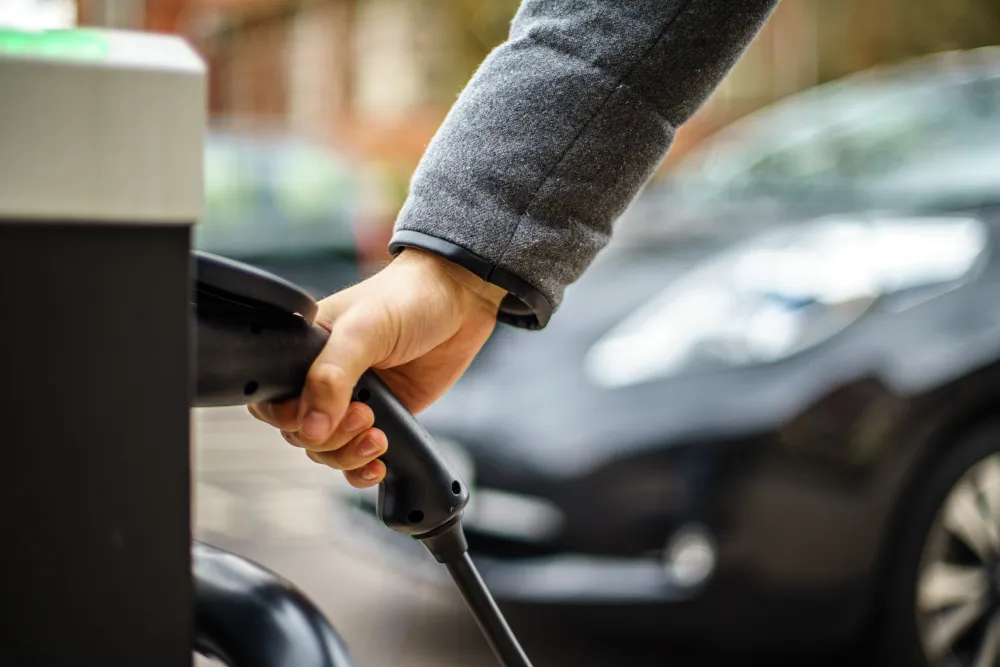
While ITS technology has been developing apace, making travel safer, quicker and more sustainable, changing the public’s travel habits is progressing at a much slower rate. Indeed some would say it hasn’t progressed at all in that once an individual establishes a travel pattern for regular journeys, they do not consider other options and will continue to travel in the same way unless a drastic change occurs. Perhaps Sir Isaac Newton would call it the first law of commuting.
While ITS helps optimise capacity on transport systems, ultimately it will only ease most people’s current commuting habits and reinforce existing behaviour – indeed incremental reductions in journey times are hardly noticed by commuters. And what’s more, the status quo soon returns. If new adaptive traffic signals make driving easier than catching two buses and a train, it only takes a small proportion of commuters to switch to traveling by car for those gains to be nullified.”
In the absence of concerted political action, mass changes in travel patterns may require inter-generational ‘evolution’. ‘Baby boomers’ may remain wedded to driving and single occupancy cars while the millennials, coming to independent transport in the era of ridesharing, car sharing and MaaS, may be far more open to adopting the more progressive and sustainable travel options.
But is that pace of change quick enough to quell urban populations’ backlash against breathing heavily polluted air or communities’ disquiet about being divided by intersected roads blocked by nose-to-tail traffic? On the other hand, perhaps Finland’s experience shows that the necessary changes may be considered too-far, too-fast – at least until the millennials are in the majority.
Does change really have to take that long?








